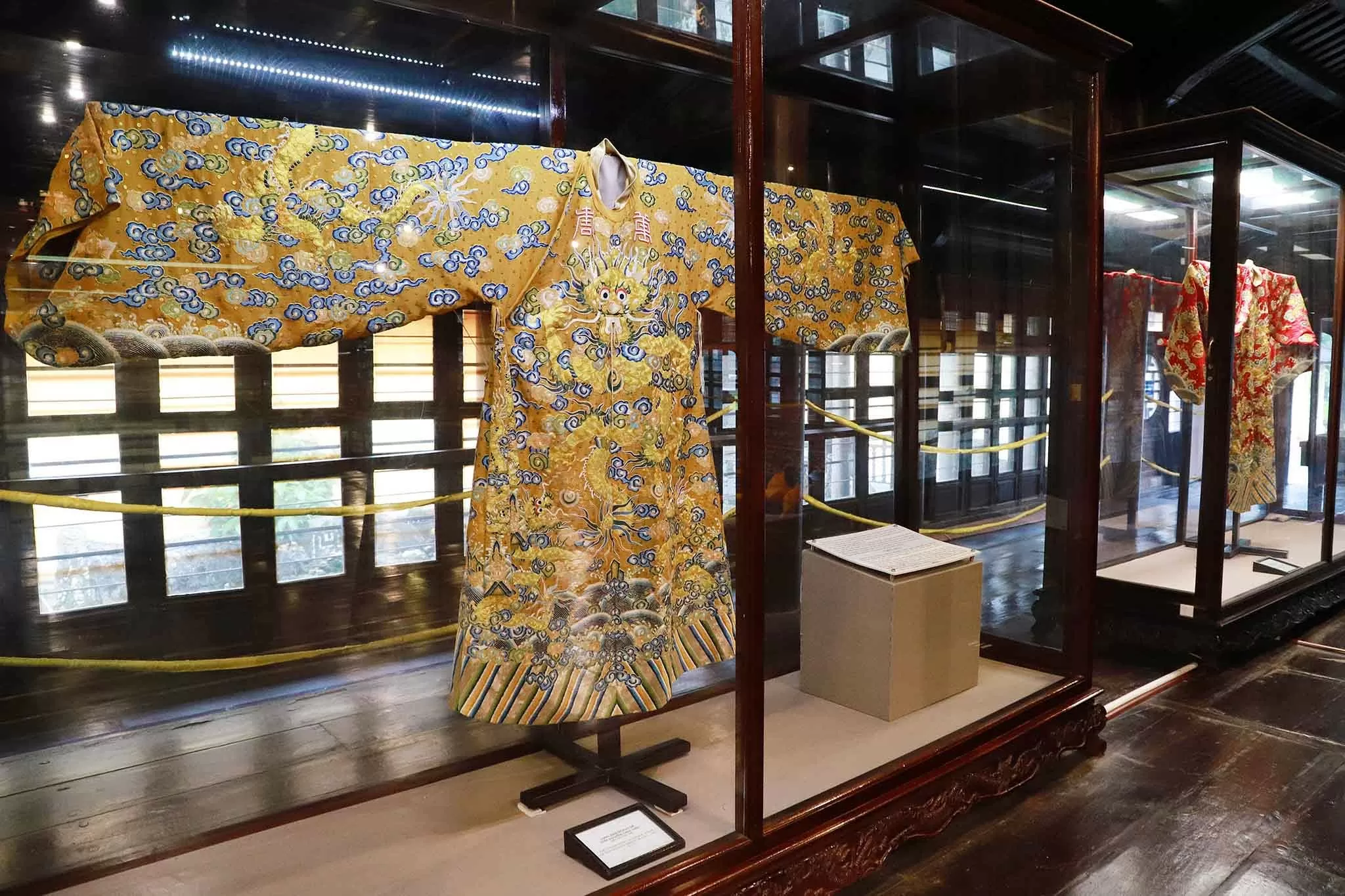 |
| The royal robe of the Nguyen Dynasty kings worn during grand court ceremonies is displayed at the Hue Royal Antiquities Museum. (Photo: Van Chi) |
The above movements show the growing interest in preserving and promoting the traditional cultural values of the nation. However, besides the achievements, this movement still faces many obstacles…
Restoration and imitation of ancient costumes both aim to recreate ancient costumes based on historical documents, in which restoration requires high accuracy, while imitation has an element of conjecture due to lack of documents. From Vietnamese costume groups and brands such as Dai Viet Co Phong, Dai Viet Phong Hoa, Y Van Hien, Great Vietnam... gradually developed into a community movement about ancient costumes that is widely supported by the public.
A clear example is the event "Bach Hoa Bo Hanh 2024", which attracted more than 10,000 registrations on various platforms; the project "Recreating the aristocratic lifestyle of the Le Trung Hung period" by Dai Viet Phong Hoa, which recreated the costumes of Tham tung Nguyen Quan Nho, Can nhan Tu Khoan - Thach Quy thi, Te tuu Vu Mien, Phu nhan Dieu Tinh - Nguyen Thi Thanh; Dai Nam Chan Anh recreated the Binh Linh dress of Nhat Pham Phu Nhan Phan Thi Tiep or some forms of female costumes during the Nguyen Dynasty.
Identify the challenge
However, the restoration of ancient costumes is not easy. The biggest challenge that researchers face is the lack of documents and ancient artifacts. Many documents have been lost due to war and climate conditions, making it difficult to find materials for restoration.
Ms. Nguyen Thi Quynh Nga (founder of Thuy Trung Nguyet and Dai Nam Chan Anh, Head of the Organizing Committee of Bach Hoa Bo Hanh) said: “The existing sources of information are very fragmentary and fragmentary, like picking up the pieces of a broken bowl. It is very difficult to collect everything and know what it really looks like.”
Not only that, access to documents is currently facing many obstacles. Besides some agencies that have provided support, many museums and archives have not yet created favorable conditions for independent researchers, especially young people, to access and compare information. This directly affects the restoration process.
Another challenge is finding raw materials. To recreate ancient values, traditional materials such as hand-woven fabrics are indispensable. However, as historical researcher Phan Thanh Nam (pen name Am Che) shared: “Hand-woven fabrics in craft villages are currently too expensive compared to the budget that private units can afford. In addition, the designs are quite monotonous and not the ancient designs that we need. Therefore, many researchers are forced to switch to using modern fabrics.”
In the past, researchers often used their own personal funds to carry out their work, but the results were rarely widely recognized and applied in museums or exhibition units. To continue to nurture their passion for ancient style restoration, they had to commercialize their products to create funding for further research.
However, this process has led to the emergence of tailors who copy previous research results, chasing profits without investing in formal research. These “copycat” products contain many errors, negatively affecting the research community, and at the same time causing the public to misunderstand the value of Vietnamese traditional costumes.
Join hands to preserve
To solve the problem of lack of documents, the publication and sharing of information about ancient artifacts is extremely necessary. An important solution in the current digital age proposed by Dr. Tran Doan Lam - former President of the Danish - Vietnamese Cultural Foundation for the Development of Regional and Ethnic Minority Cultures, is to use machines and artificial intelligence to analyze and provide answers about materials and methods of production, and to rely on 3D technology and virtual space to restore artifacts.
Researcher Phan Thanh Nam said that it is necessary to strengthen the connection between researchers and craft villages. To restore a complete set of ancient costumes, close cooperation between parties is needed, especially in providing traditional materials.
According to Ms. Nguyen Thi Quynh Nga, the restoration of traditional costumes requires the coordination of many individuals, from which the community spirit can be widely spread: "A dress must be the collaboration of many different positions and people". She emphasized that the attention from state agencies is very necessary. Although currently, some agencies have begun to pay attention to the movement of restoring traditional costumes, stronger support policies still need to be considered.
The development of traditional costumes not only contributes to preserving cultural values, but also promotes tourism and promotes Vietnamese cultural identity to the world . Researchers themselves need to be persistent and serious in comparing documents, correctly understanding the clothing standards and cultural and ethnic characteristics to bring traditional identity into Vietnamese traditional costumes.




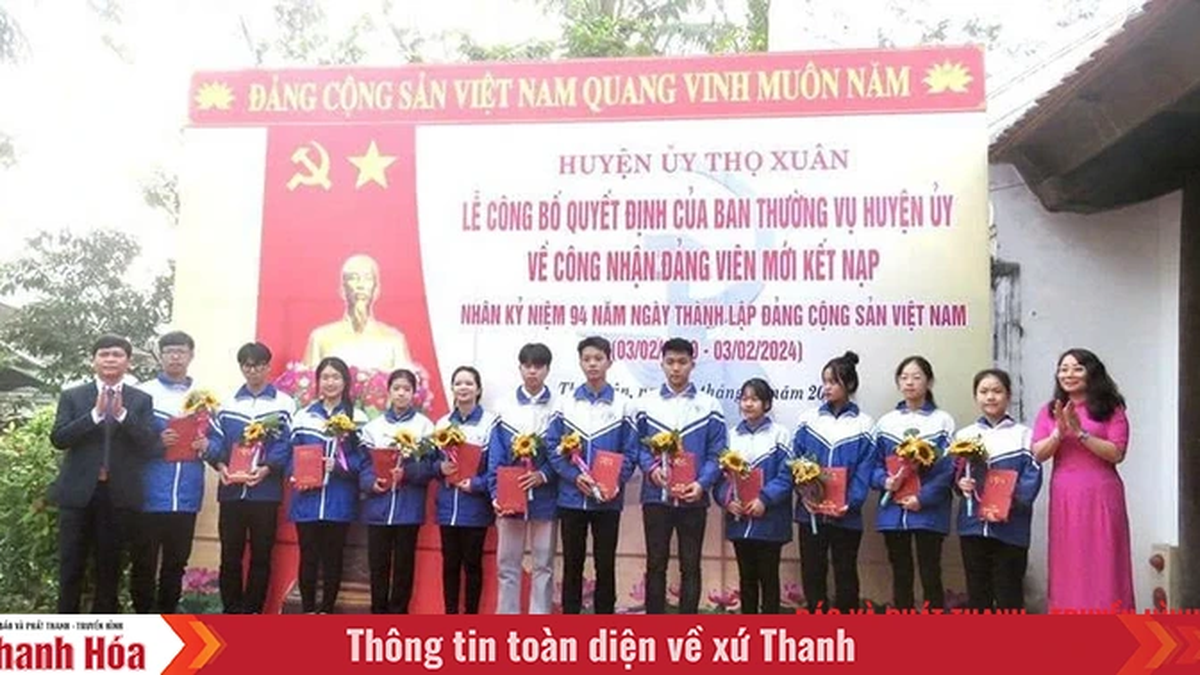
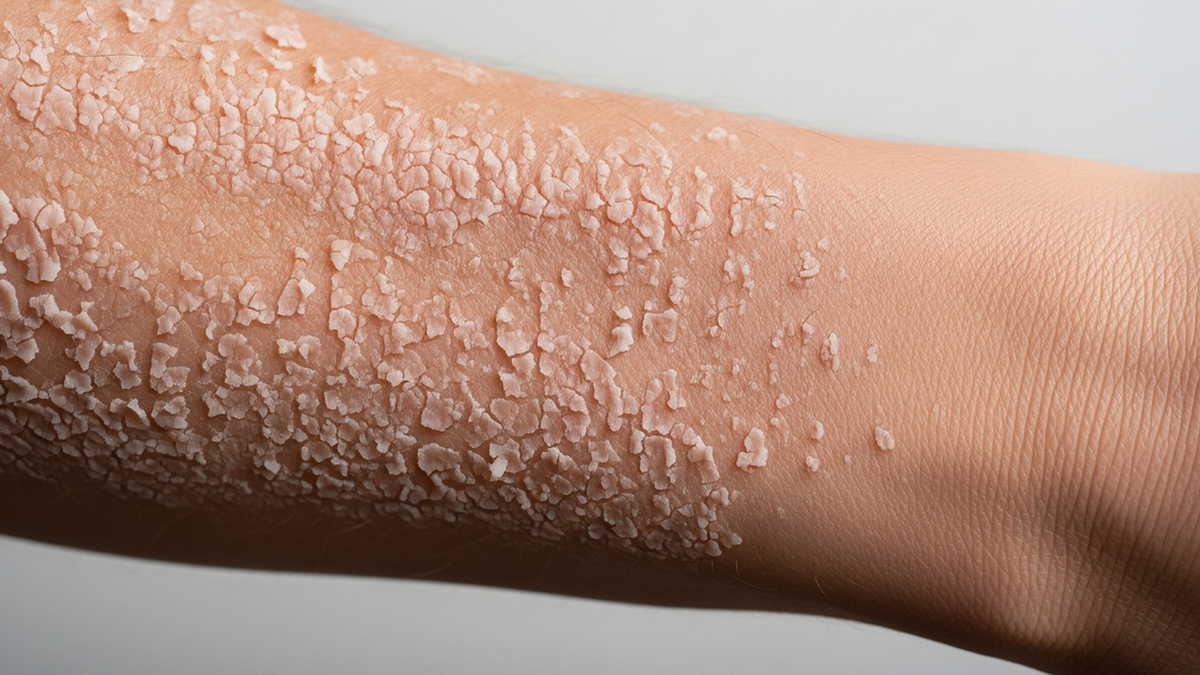
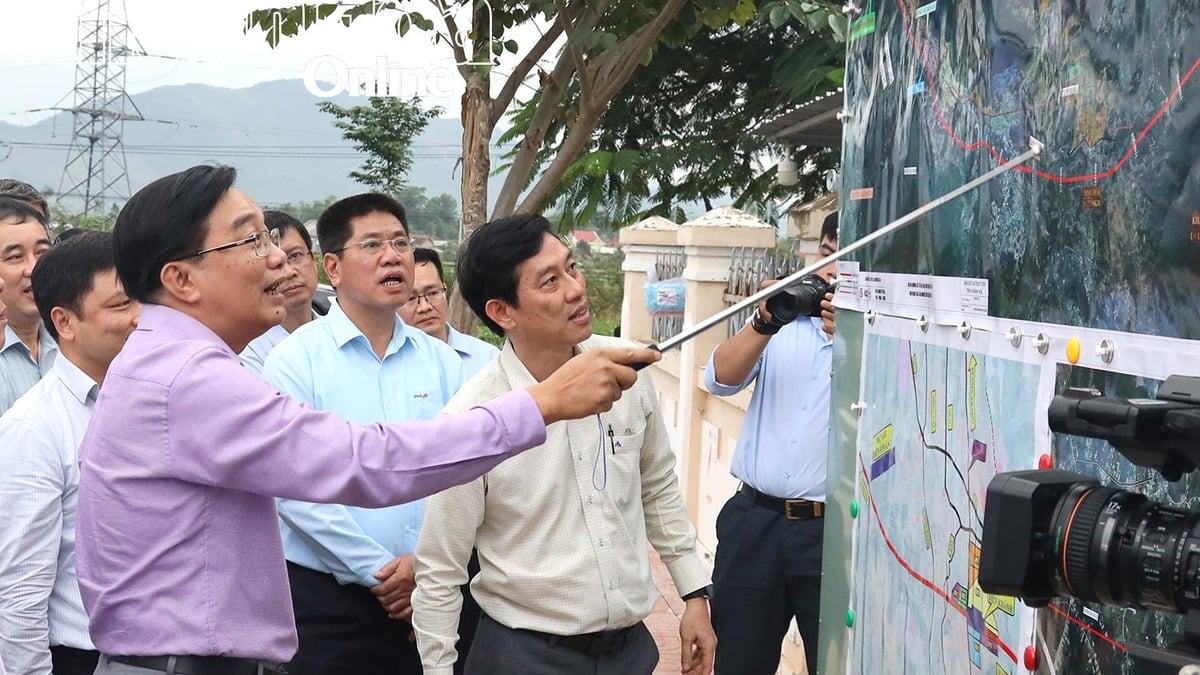
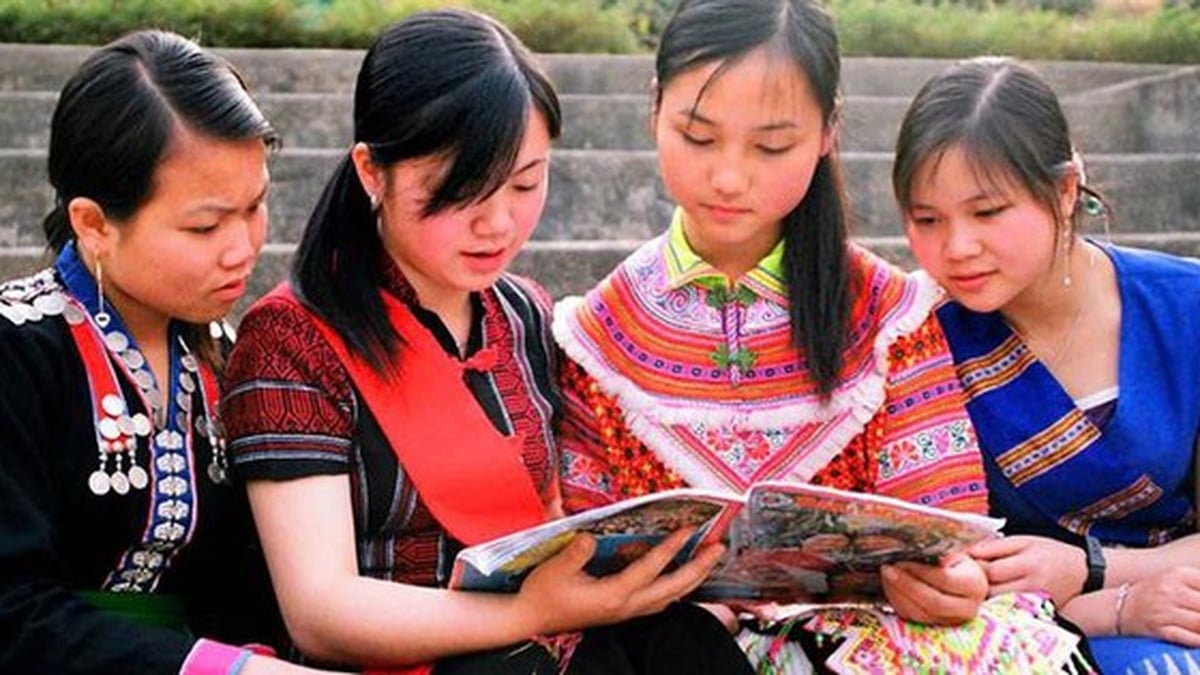
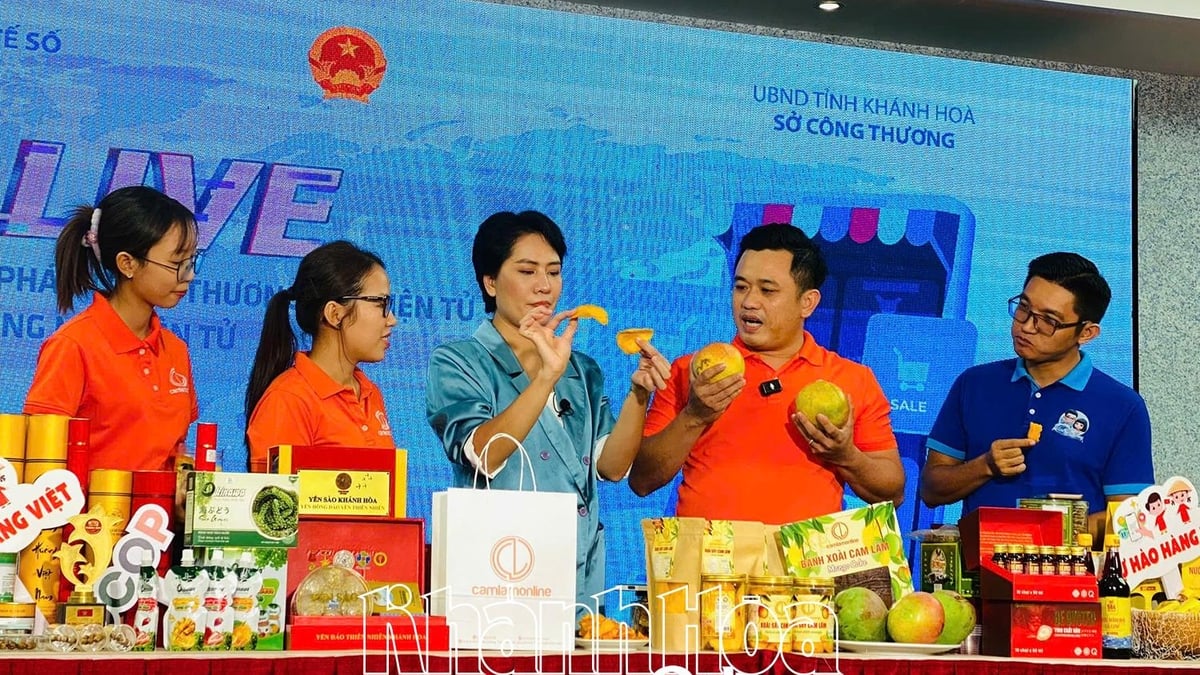
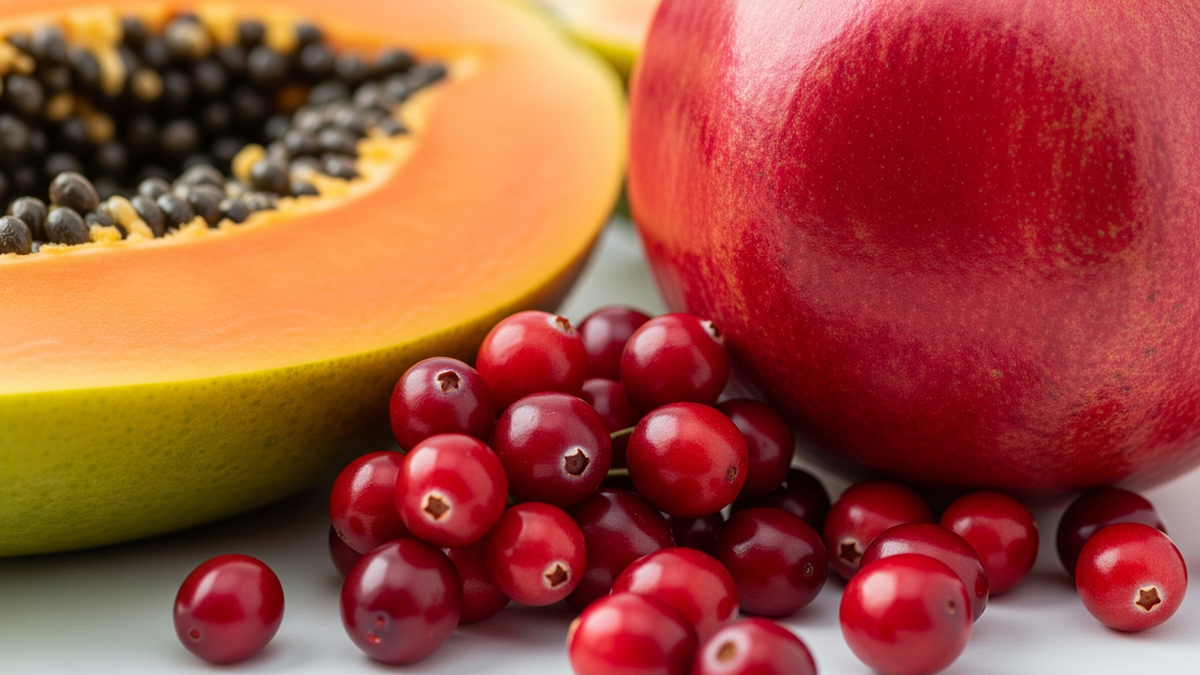
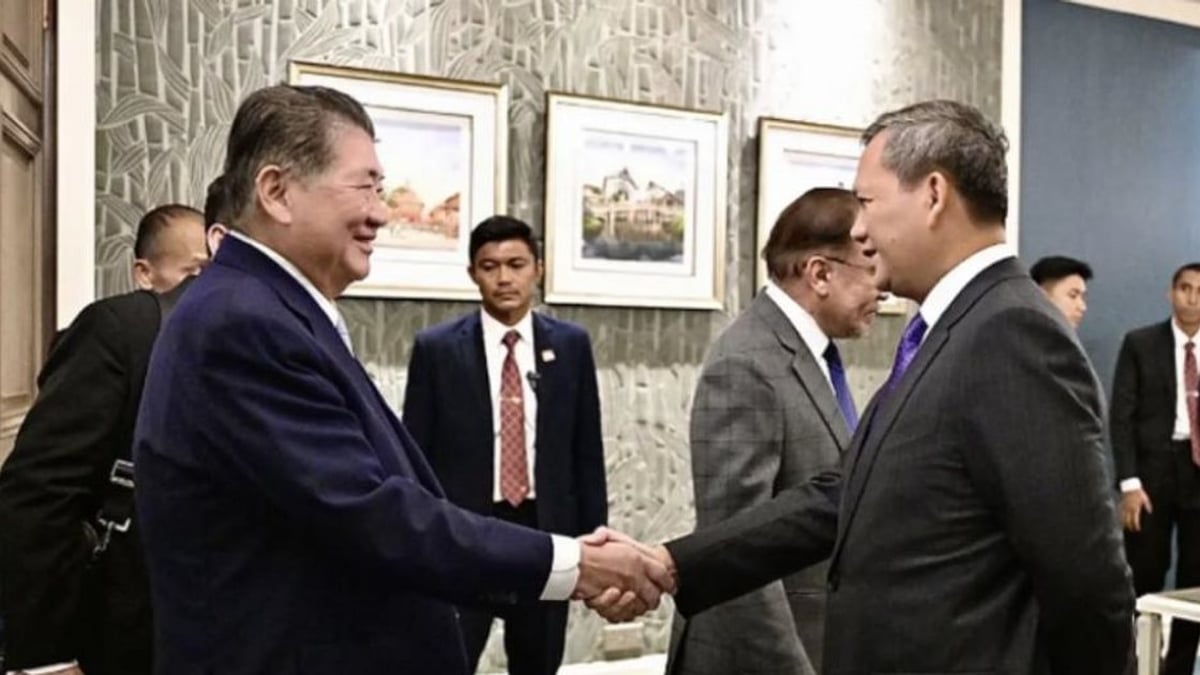
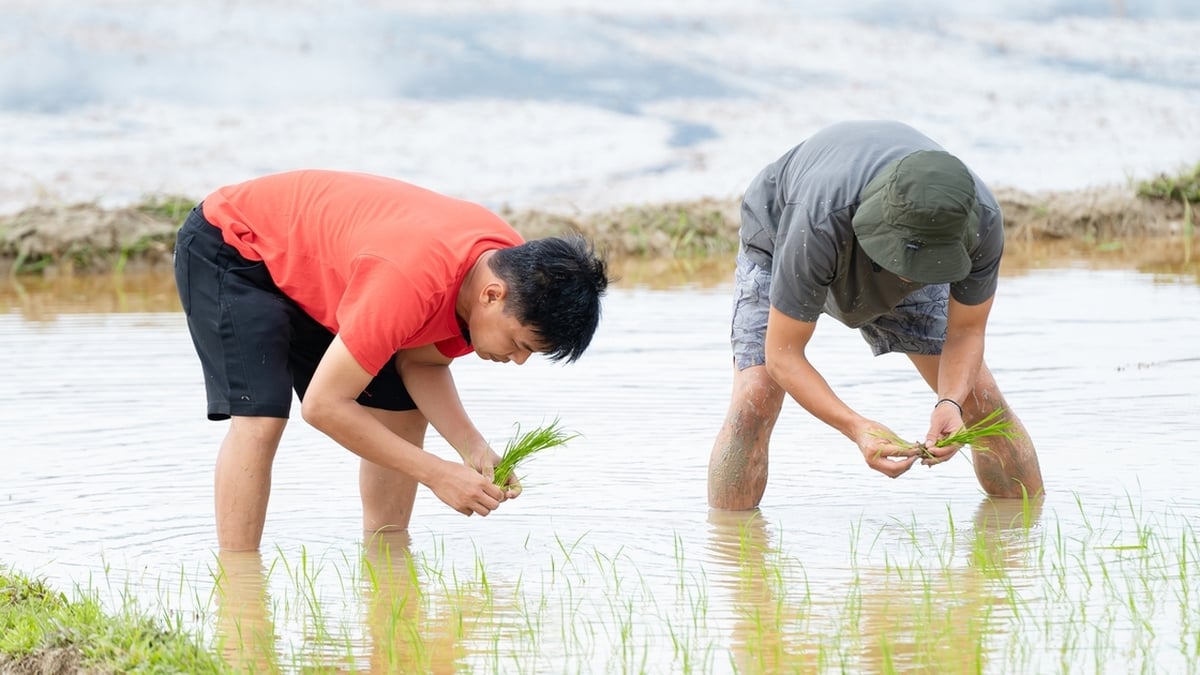











![[Photo] National Assembly Chairman attends the seminar "Building and operating an international financial center and recommendations for Vietnam"](https://vphoto.vietnam.vn/thumb/1200x675/vietnam/resource/IMAGE/2025/7/28/76393436936e457db31ec84433289f72)








































































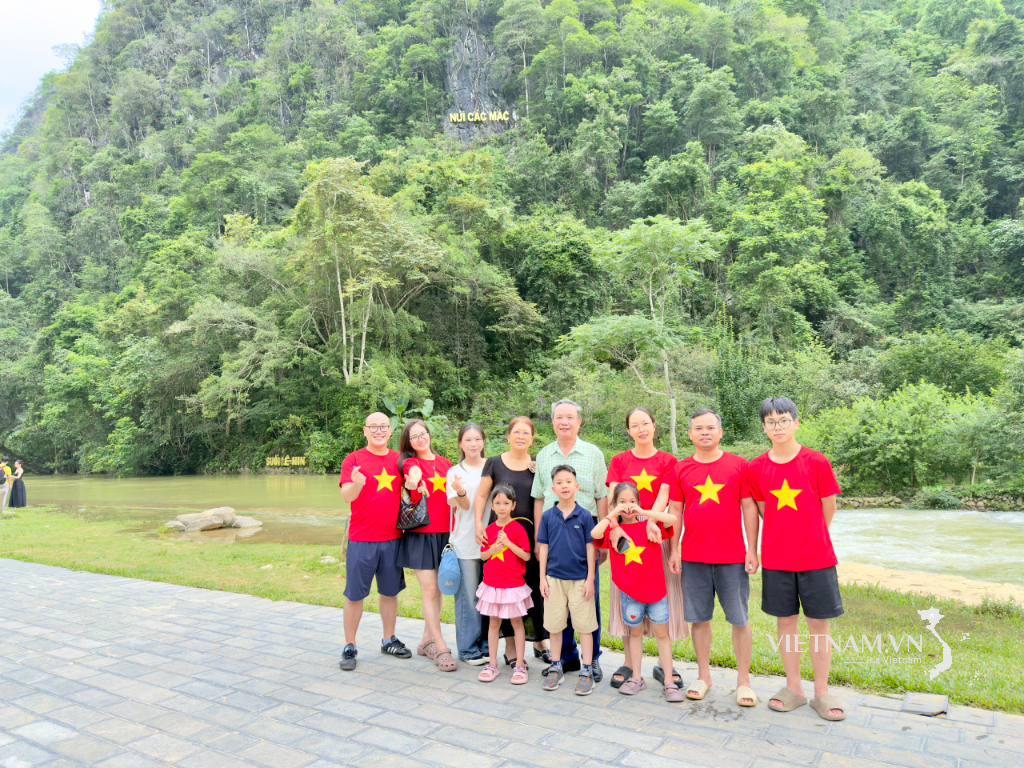
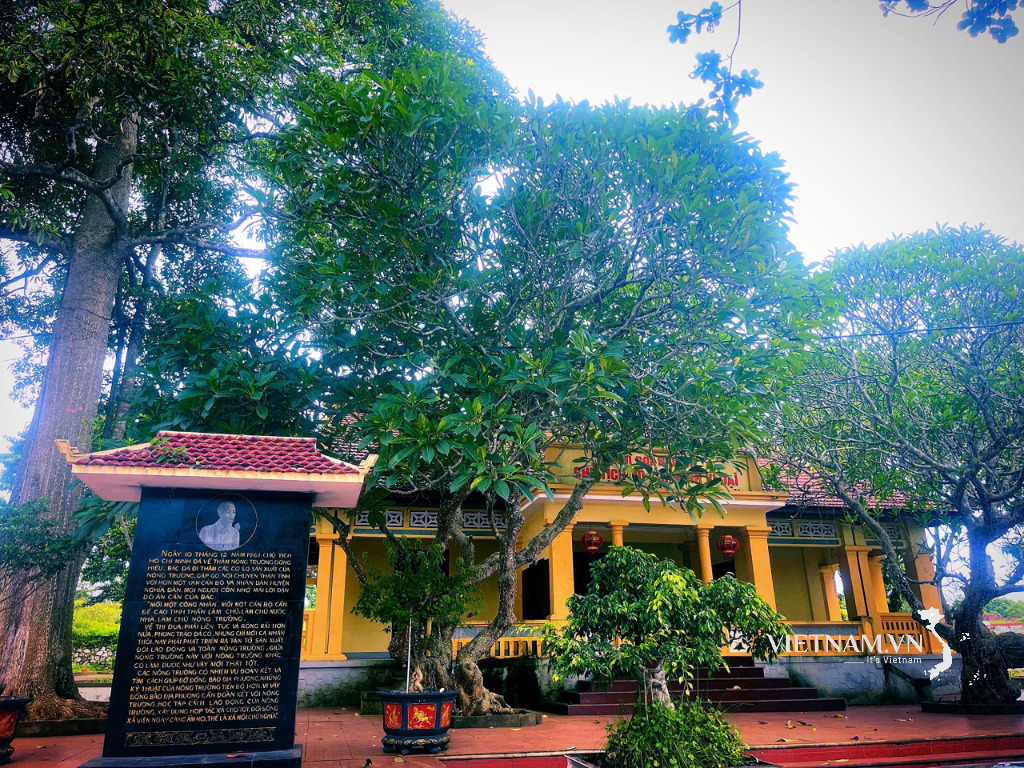


Comment (0)